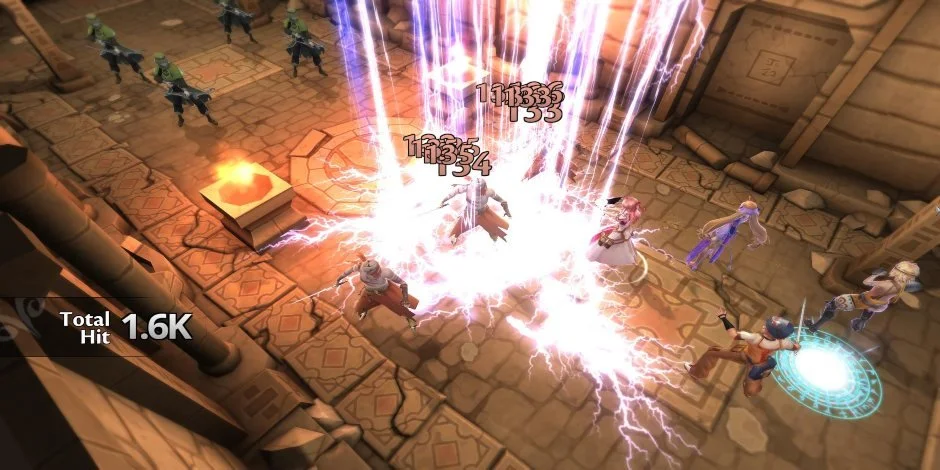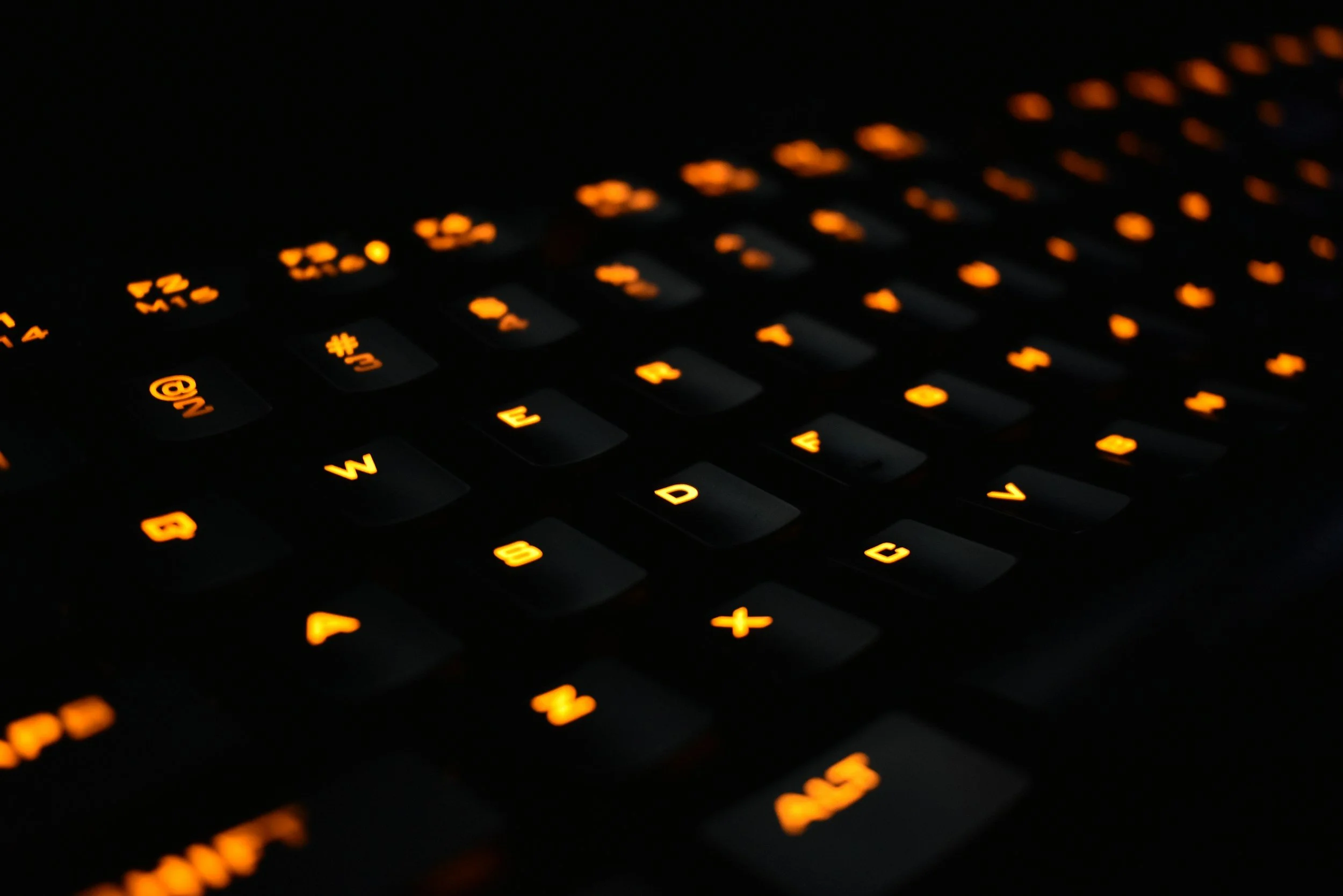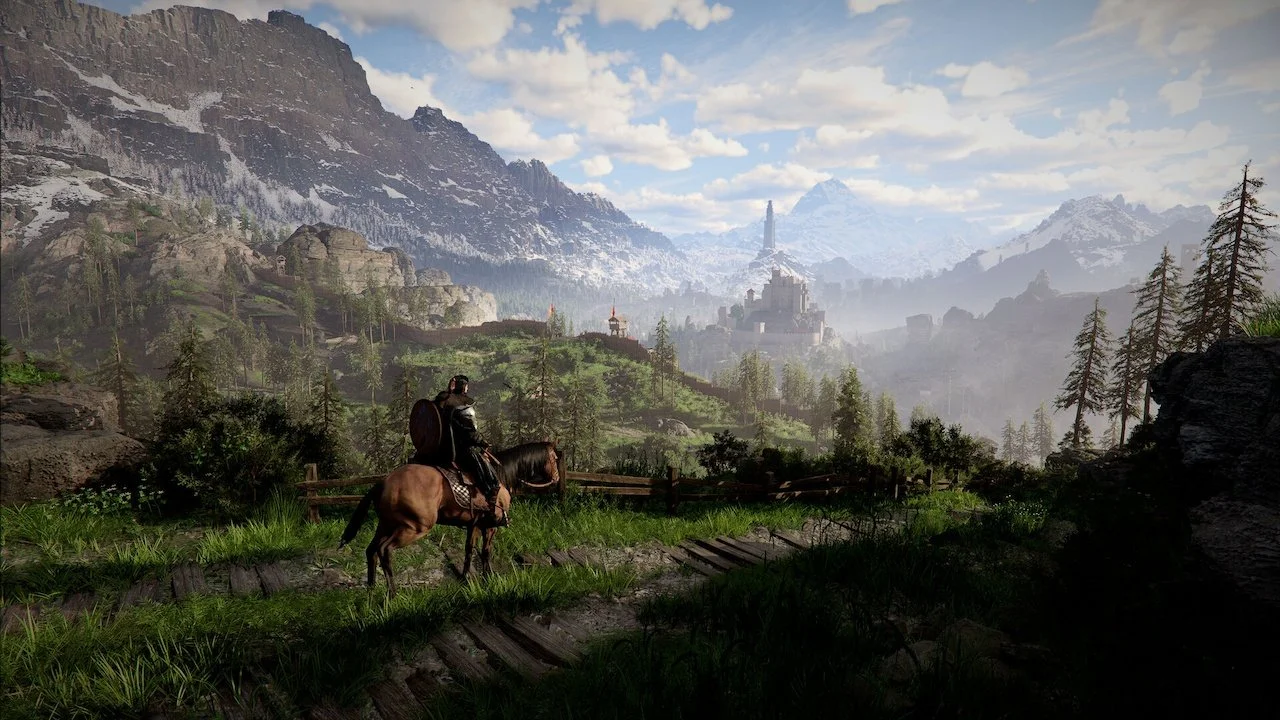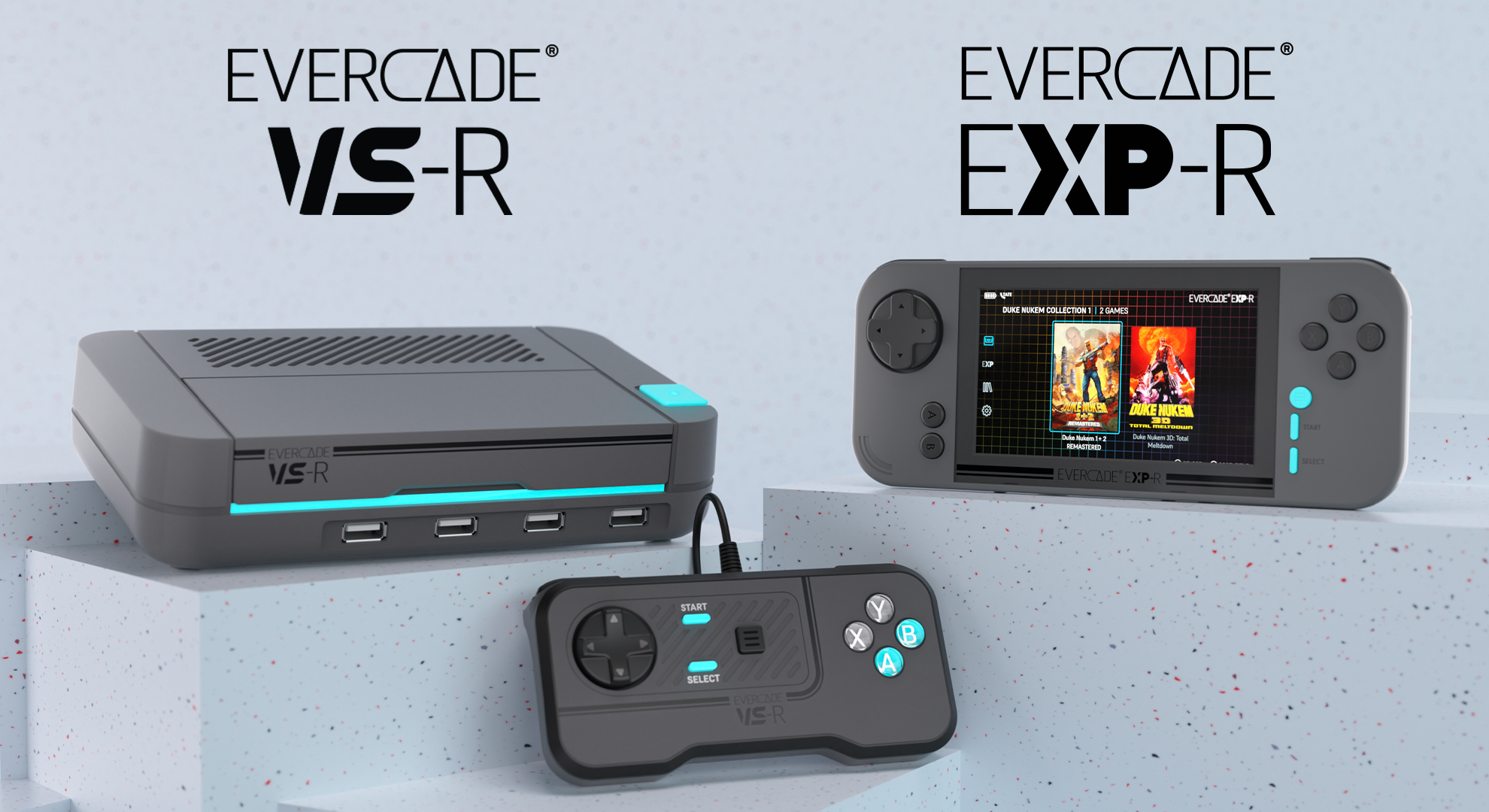Nintendo Switch Key Provided By CooCooSqueaky
PQube and developer CooCooSqueaky have broadened the playable platforms for their tactical JRPG Tears of Avia, now accessible on Nintendo Switch and PlayStation 4. The game was initially released in 2020 on PC, Xbox One, and Xbox Series X|S via backward compatibility. The game looks and plays well in the recent port to Nintendo Switch, in which we conducted our review. The real question is, is this game worth your time and money?
Story
I’ll lead out by saying the story is rather cliché for JRPG’s, and follows a general storyline we’ve seen in this genre for decades. If the goal of developers was to play it safe and offer another way to revisit gameplay we’ve come to love over the years, they’ve succeeded. However, if they intend to stand out among the crowded field of similar games, I think this game can be somewhat disappointingly forgettable.
Tears of Avia takes place in the world of Estera, once known for being safe and flourishing, but now torn asunder by the warring cities of Tirig and Helmgar. You must protect the defenseless citizens who are being overrun by mobs of heretics and monsters. Villages are being torn apart and an evil force is secretly at work to conjure the undead. You play as a special “Seeker”, who must obtain Tears throughout your journey to ultimately understand and defeat the unseen enemies that threaten all of Estera! With the help of other heroes, you’ll form a small group to take on your enemies, utilizing special skills and abilities as a team.
Gameplay
As a turn-based strategy JRPG, Tears of Avia makes use of skill trees and a host of weapons and items. It features five unique main characters, each one being a different class. The available classes include ranger, warrior, mage, priest, and brawler. There are literally hundreds of skill combinations available, allowing for powerful abilities and exciting combat choices.
The game’s dialogue is controlled by selecting options when interacting with NPC’s, often producing similar results in my experience. The conversations are frankly pretty dry and even somewhat awkwardly written. Almost a little too formal in some aspects and prevented the story from coming to life. The conversations seemed to flow rather slow too, perhaps because of the translation in subtitles compared to the voice acting in Japanese. I highlight this because it felt like the pace of the game overall was a bit slow all around. More on that in a moment!
The battle sequences are pretty fun, at first, using the tactical grid screen for the turn-based fights. I enjoy turn-based battle games and usually don’t mind the slower pace of battles. That said, the general pace of Tears of Avia fell into a slump pretty quickly. The dialogue is slow and somewhat long at times. Combine the slowness of dialogue with the turn-based tactical battles, as well as the game’s general world exploration, and you’re in for a slow-moving game! After a few hours, this can begin to take its toll on most players, including myself.
Audio and Visual
The game looks and plays great on the Nintendo Switch. This game port was done incredibly well and certainly feels at home on the handheld console. The framerate didn’t ever have any noticeable issues, and the graphics looked great on the Switch screen. The overall visual effects are influenced by anime, especially in the dialogue exchanges among heroes and NPC’s.
The game is entirely in Japanese but thankfully allows for subtitles in Chinese, English, French, German, Japanese, and Russian. I relied on English subtitles to play the game and found them to be easy to read and follow along. I can really only judge the voice narrations based on tones and general voice acting/inflections that occurred in the background as I read along in English. From what observed and felt, the acting seemed solid and certainly gets the job done.
Replayability
I’m not convinced that playing the game as a different main character will substantially change the game’s experience, especially since the other classes you can select will eventually be a part of your group and you’ll be using them in battles anyway. I also didn’t ever fall in love with the game to an extent that I wanted to add it back into my replay library. So for practical reasons and personal preferences, I don’t see this game as having a lot of replay value. It’s worth noting, however, the game is sold at a fair price and there’s no doubt you’ll get your money’s worth with this title.
What It Could Have Done Better
I would have liked to see the game overall pick up the general pace and do more to keep you engaged after playing for hours. By mid-game, you get the feeling that battles are somewhat easy and repetitive, and you’re just going through the motions. Perhaps there just wasn’t enough reason to be super tactical in your decision-making and use of special abilities. This ties into my concern that it doesn’t do enough to separate itself from other games in the genre and easily becomes forgettable.
I would have loved to see this game do more with keeping battles more engaging by mid to late game and also change it up a bit with far more complexity in the latter stages of the game. I felt a definite plateau within the first few hours of playing.
Verdict
Tears of Avia plays it far too safe and does little to separate itself from its JRPG predecessors. I found myself feeling that I had played this game before, perhaps due to the cliché storyline. Likewise, the game’s pacing and overall gameplay can be a bit slow and stale, which covers up an otherwise well-made game. It’s a shame because the game looks and plays smoothly, and does a fine job offering a classic JRPG experience.
If you are looking to sink your teeth into a generic game in this role-playing genre, the value here is great. As a port, the developers did a fantastic job bringing it to Nintendo Switch. For the reasonable price ($14.99 on Nintendo eShop at the time of this writing) you certainly still get your money’s worth if you’re looking for a JRPG experience on your Switch.
























